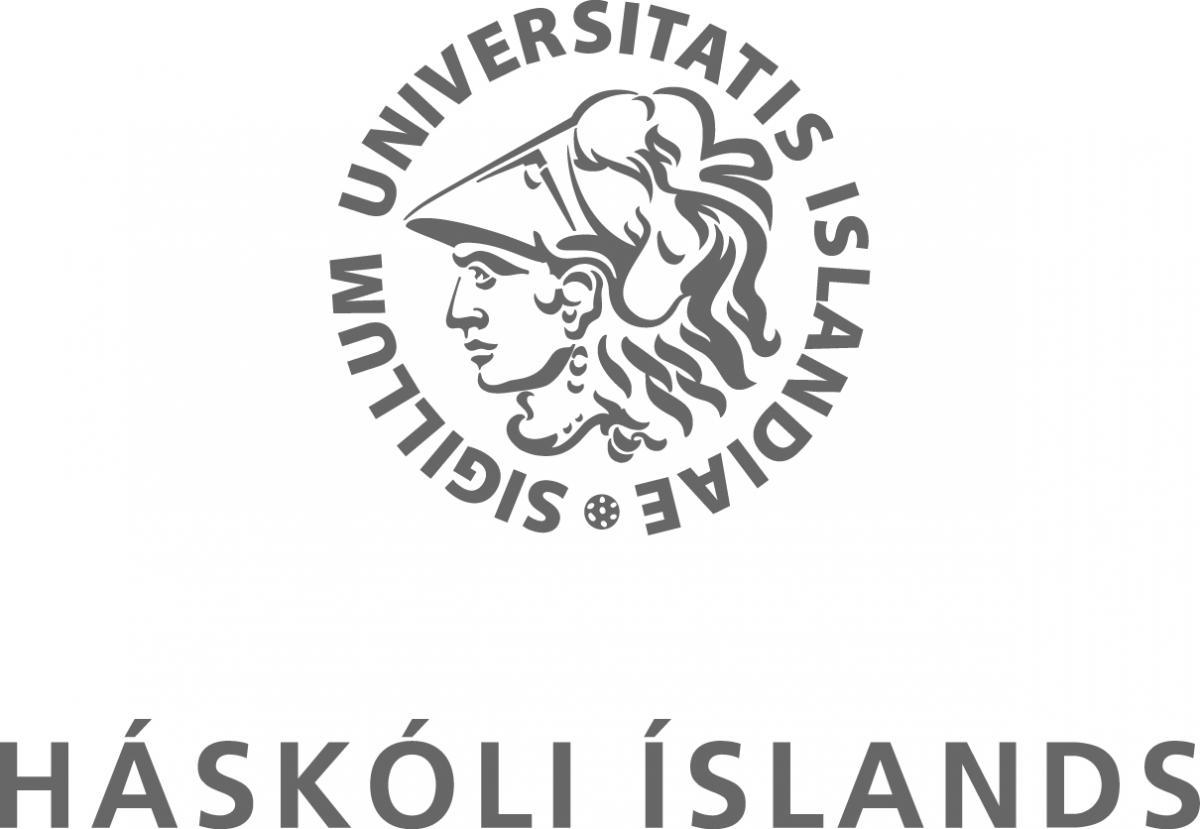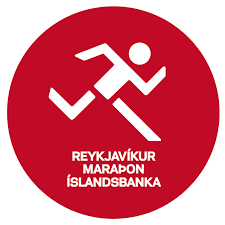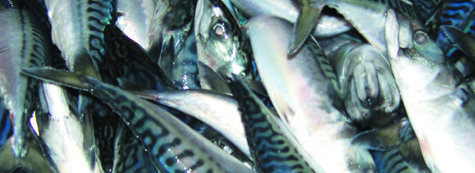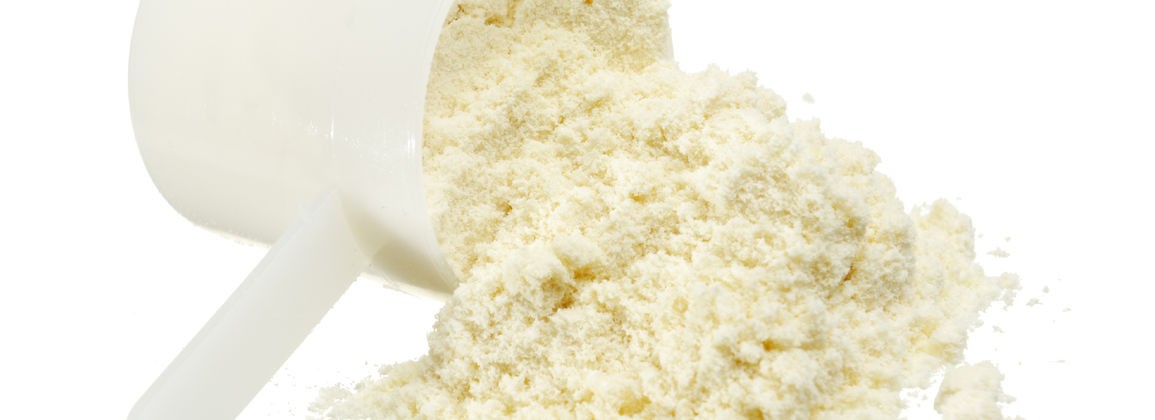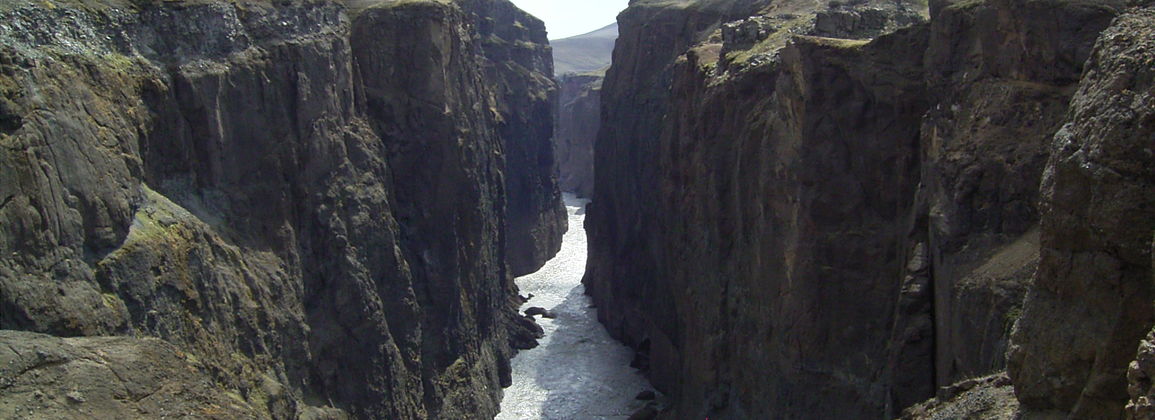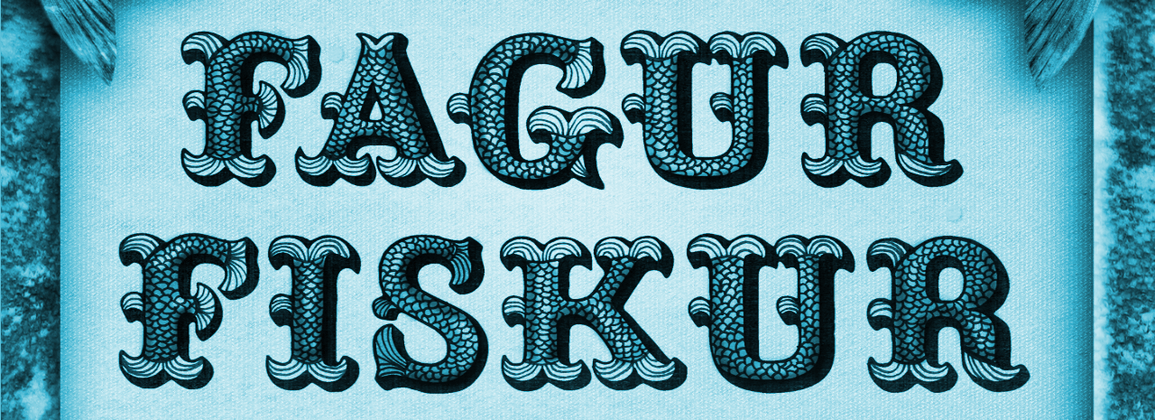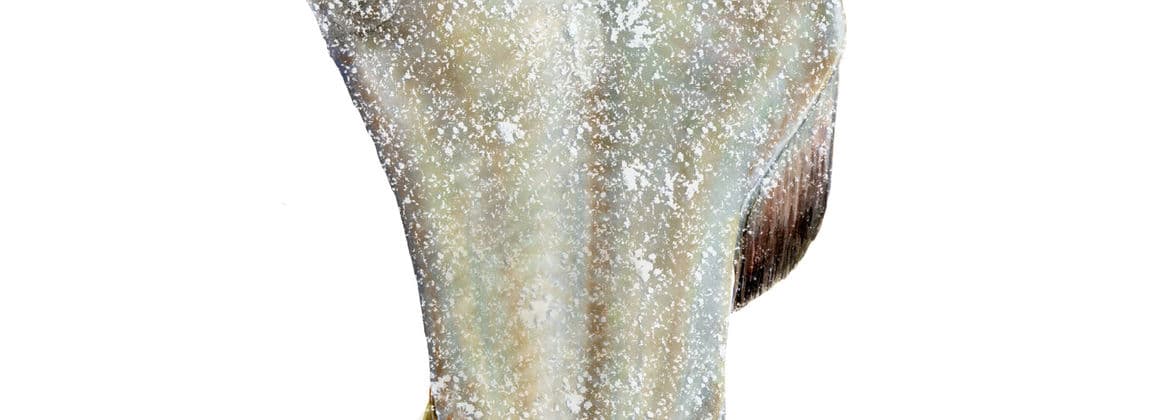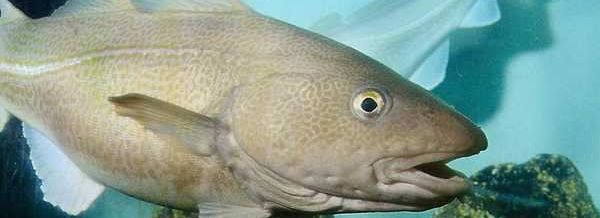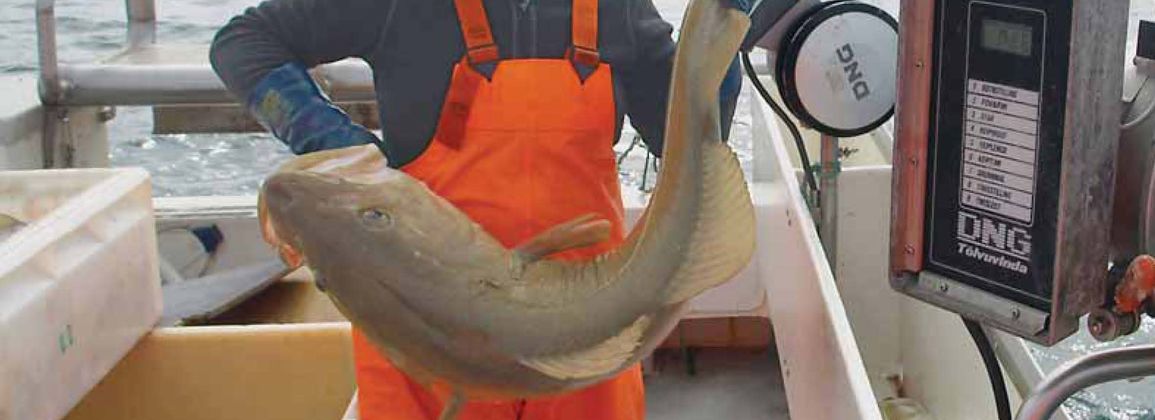Next Friday 10 September. is defending his doctoral dissertation at the Faculty of Food and Nutrition, University of Iceland.
Food scientist Gholam Reza Shaviklo is defending his doctoral dissertation "Properties and applications of fish proteins in value added convenience foods". (Properties and use of fish proteins in prepared foods).
Properties and use of fish proteins in prepared foods
Next Friday 10 September. is defending his doctoral dissertation at the Faculty of Food and Nutrition, University of Iceland. Gholam Reza Shaviklo, a food scientist, is defending his doctoral dissertation Properties and applications of fish proteins in value added convenience foods. (Properties and use of fish proteins in prepared foods).
Opponents are dr. Javier Borderias from the Institudo del Frio in Madrid, Spain and dr. Kristberg Kristbergsson, professor at the Faculty of Food and Nutrition at the University of Iceland Sjöfn Sigurgísladóttir is a visiting professor at the Faculty of Food and Nutrition at the University of Iceland and the CEO of Matís ohf and dr. Kolbrún Sveinsdóttir specialist at Matís ohf.
Dr. Inga Þórsdóttir, professor and dean of the Faculty of Food and Nutrition, will chair the ceremony, which will take place in the Celebration Hall of the University of Iceland in the Main Building and will begin at 13:00.
Abstract from the study
The aim of the project was to increase the utilization and value of raw materials and the convenience of consumers through the development of prepared foods from fish proteins.
It was investigated how isolated fish proteins can be processed and used as additives in prepared foods. Antifreeze had to be added to wet isolated haddock protein before freezing into blocks to ensure its stability during freezing. Oxidation before and during the processing of isolated proteins from saithe led to extensive development in dried powder so that it could not be used for product development. Drying of saithe washes rinsed and purified from water (surimi) was also studied. It turned out to be possible to produce a powder that was suitable for product development by both freeze-drying and spray-drying. 7% of lyophilized saithe powder could be added to extruded cornmeal. A so-called chop mix with 30% saithe powder was developed. Finally, an attempt was made to add lyophilized saithe powder to Iranian food. There was no difference in taste, appearance and texture of ice cream with 0, 3 or 5% saithe powder after 2 months of storage at -18 ° C. After that, there were changes in taste, smell and texture. Scientific and technical information from the project is important and constructive both for ongoing research on the utilization of fish proteins and for companies that are interested in developing prepared foods and snacks with added fish proteins. This would increase the value of underutilized raw materials and at the same time be one way to increase fish consumption in countries or areas where there are no traditions for cooking fresh or frozen fish.
The doctoral dissertation is based on eight scientific articles, two of which have already been published in an international scientific journal and two others have been approved.
The United Nations University School of Fisheries awarded a scholarship to Gholam Reza Shaviklo. Matís ohf, Iceoprotein hf, Iran Fisheries Research Organization (IFRO) and Iran Fisheries Organization (SHILAT) in Tehran, Iran, SIPA Co., Qazvin, Iran, Iran Fish Processing Research Center (Anzali, Iran), provided its research facilities. The research in the project belonged to the projects Propephealth in SEAFOODplus (project no. FP6-016333-2) funded by the 6th Framework Program of the European Union and Health Products from Fish which is funded by the Technology Development Fund.
About the doctoral dissertation
Gholam Reza Shaviklo was born on November 11, 1968. He graduated with a first degree from the Faculty of Food and Nutrition at Shahid Beheshti University in Tehran in 1992. He studied at JICA in Japan and at the United Nations Fisheries University and defended his master's project at the University of Iceland in 2008. He has 20 years of experience in surveillance, research and development for the fishing industry in Iran and currently works for the Iran Fisheries Organization (SHILAT) in Tehran.
For further information contact Gholam Reza Shaviklo, phone: 698-1118 e-mail: shaviklo@gmail.com or Guðjón Þorkelsson, supervisor, phone: 858-5044, e-mail address: gudjont@hi.is.

